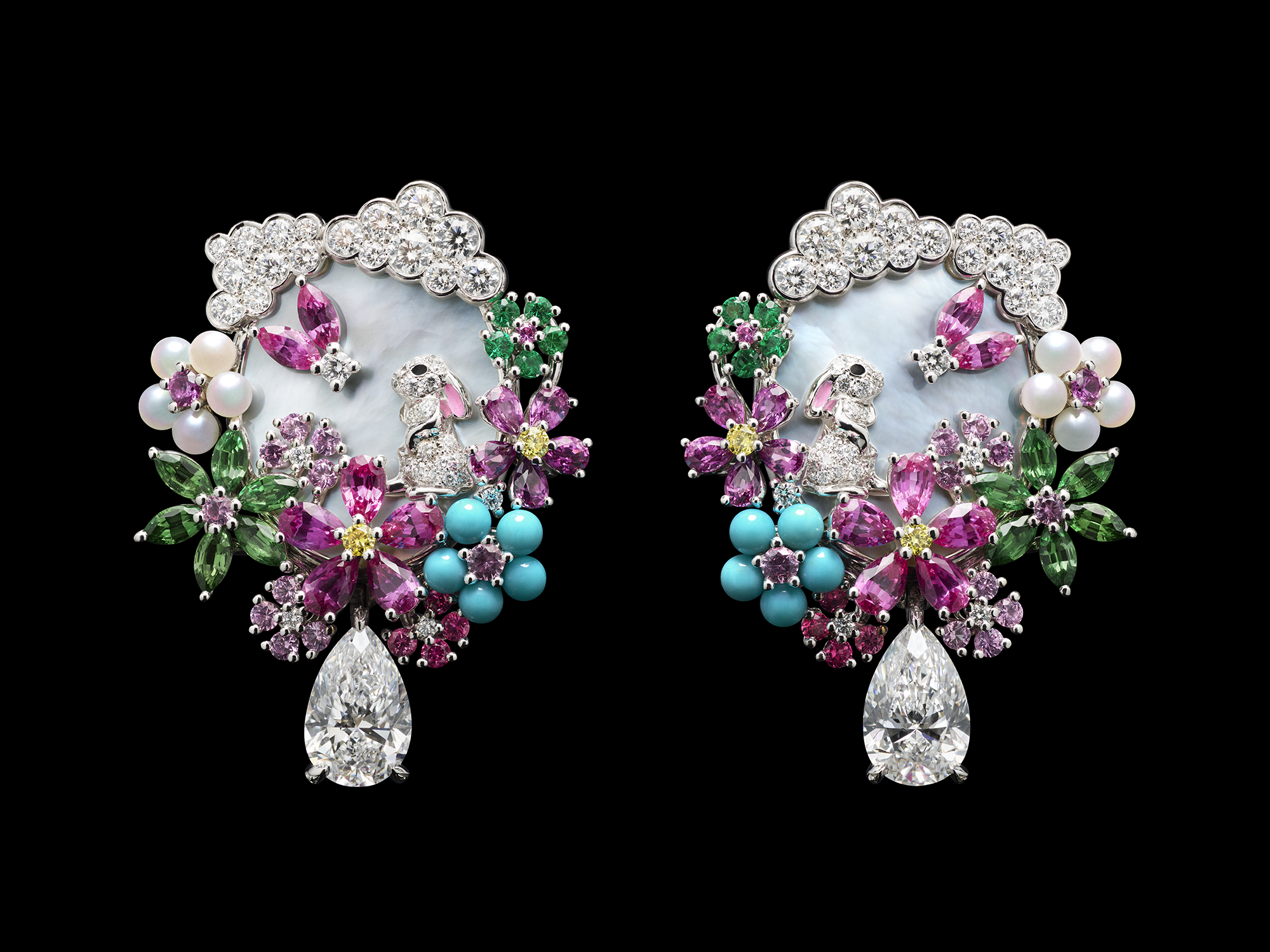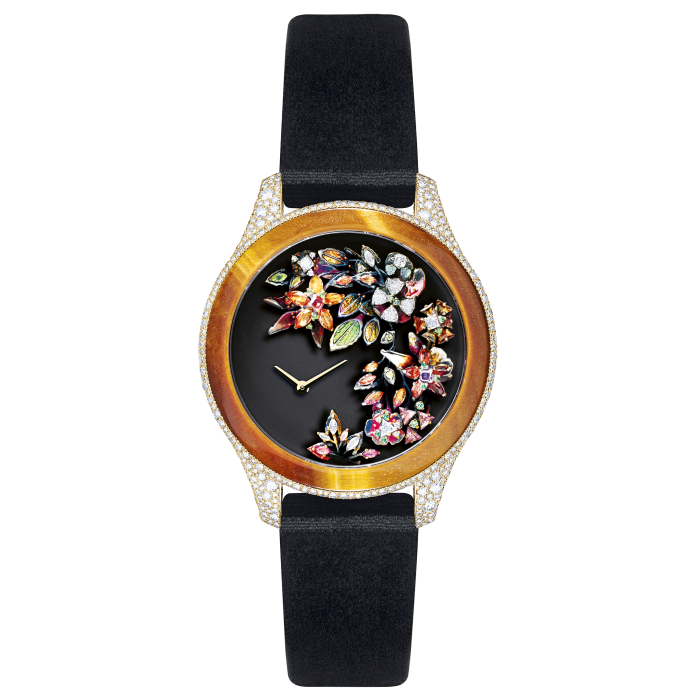Dior’s Diorexquis Chapter II: When Imagination Meets Craftsmanship
At Dior, high jewellery has always been a theatre of transformation — where nature, colour, and emotion are shaped into wearable art. Since 1999, Victoire de Castellane has built an extraordinary visual language for the House, translating Christian Dior’s dreams of gardens and celebration into precious form. Her latest collection, Diorexquis Chapter II, continues that dialogue between fantasy and savoir-faire.
From her debut Dior Joaillerie collection, Archi Dior, through to Dior à Versailles and Gem Dior, de Castellane has consistently reinterpreted the codes of the Maison through narrative. Each high jewellery chapter feels like a new conversation with Christian Dior himself — one that blends his love of flowers, architecture, and movement with her own surrealist sensibility. Under her direction, Dior’s jewellery has evolved beyond adornment into storytelling: each creation an imagined scene, a moment captured in gem and enamel.
Comprising fifty-four new compositions, this second instalment of Diorexquis celebrates three of Dior’s enduring themes — enchanting landscapes, delicate bouquets, and magical balls. Each piece unfolds like a miniature world, alive with colour and light, from shimmering opal doublets to translucent plique-à-jour enamel that evokes stained glass.
To fully appreciate this new chapter, one must recall how Diorexquis first entered Dior Joaillerie’s universe. Unveiled in May 2024 at the Château de La Colle Noire — Christian Dior’s beloved Provençal estate — the inaugural collection comprised 163 one-of-a-kind pieces inspired by the rhythm of the seasons and the natural landscape surrounding the château.
That debut marked a return to Dior’s roots, where nature and artifice intertwined. Jewels bloomed with life: flowers unfurling in precious stones, insects in motion, skies reflected in opal. De Castellane revived age-old techniques such as opal doublets — in which the gem’s luminosity is enhanced by a dark backing of onyx or mother-of-pearl — and the delicate plique-à-jour enamelling that allows light to shine through as if through cathedral glass. The result was a collection that captured not just beauty, but atmosphere — as though Dior’s gardens had been crystallised in light.
In Chapter II, the narrative evolves with greater focus. The same poetic triad — landscapes, bouquets, and balls — becomes a meditation on mood and transformation. De Castellane once again fuses haute couture’s fluidity with the precision of high jewellery, creating compositions that seem to breathe with colour.
“Enchanted Landscapes” reinterpret Dior’s love of gardens through sculptural arrangements of opals, boulder-opals, and tsavorites, their surfaces undulating like the Provençal hills. “Delicate Bouquets” capture ephemeral grace in pastel spinels, tourmalines, and diamonds arranged in asymmetrical harmony. And “Magical Balls” evoke Dior’s grand soirées — jewels that shimmer with rhythm, where lines of gemstones echo the drape of silk and tulle.
Each creation is a testament to the virtuosity of Dior’s ateliers, where goldsmiths, stonecutters, and enamel artists work in concert to transform imagination into tangible beauty. De Castellane’s signature — that daring blend of romanticism and irreverence — is once again unmistakable.
More than a sequel, Diorexquis II stands as a reaffirmation of Dior’s enduring artistry. It bridges past and present — Christian Dior’s love of nature, de Castellane’s vision of emotional colour, and the House’s constant pursuit of excellence. In these jewels, craftsmanship becomes language, and fantasy becomes form.





















